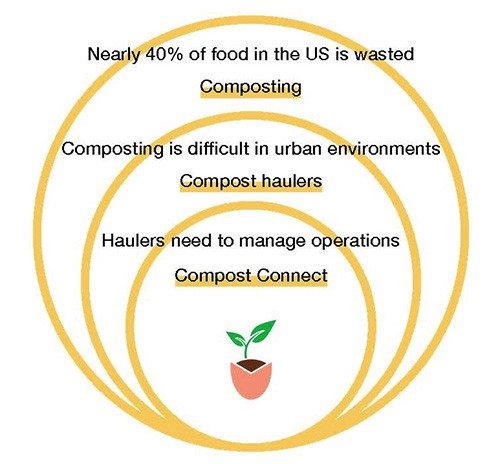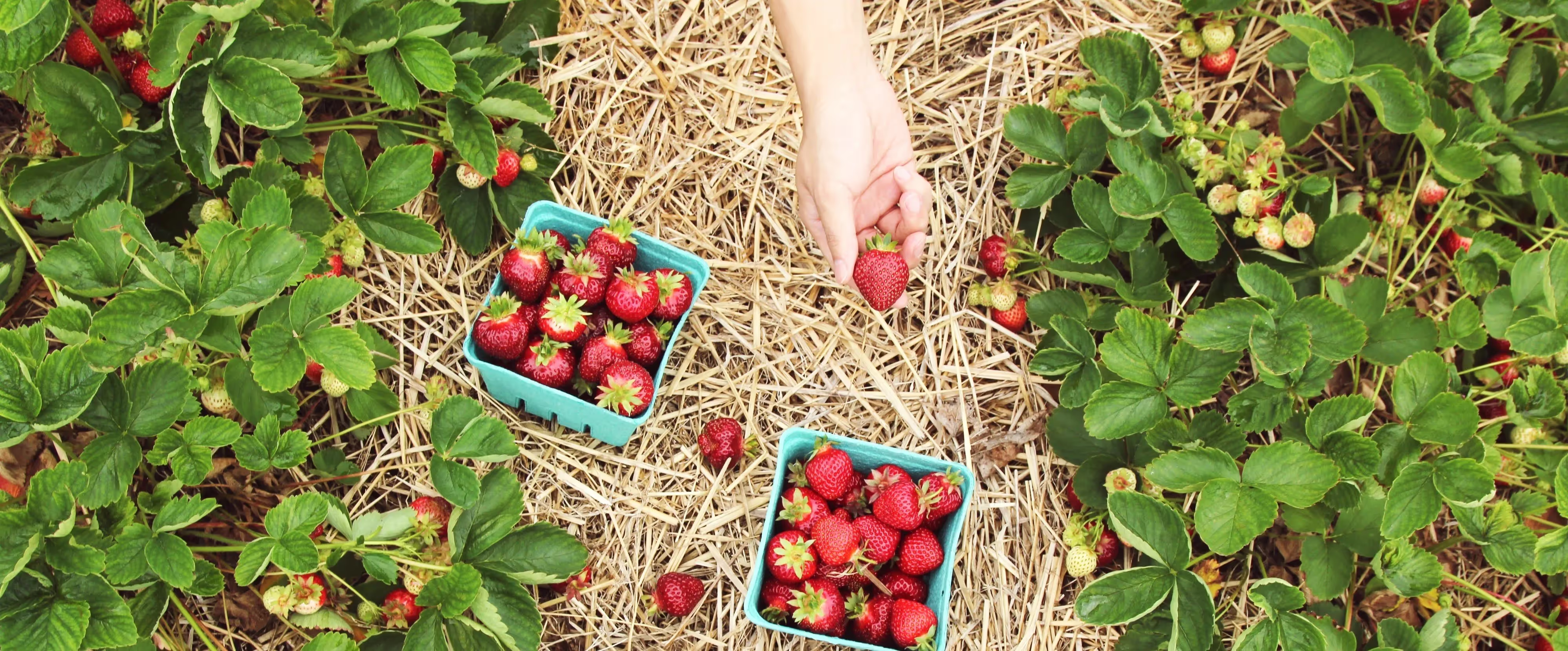I attended a fascinating presentation this week from the great folks at social-impact startup Compost Connect about how they are using design thinking for social impact. It’s a highly resonant topic for me given the confluence of my own community based work and my CX strategy work.
First, Compost Connect is a useful idea addressing a huge problem, which I love. Second, their app-based solution reveals how easy it is to prefer technical, consumer-based solutions to non-technical, community-based solutions.
Sometimes we trust apps more than people. Maybe because they seem easier to control.
Tackling a Big Problem
The team at Compost Connect started with a big problem: 40% of the food in the US is wasted.
Next, they narrowed down to a partial solution to the big problem: wasted food can be composted, resulting in creating good soil and eliminating methane gas from food decomposition.

innovating “food pantry” service?
Community-Centered Design
It’s a choice to trust people more than technology; to design for communities instead of consumers.
I think it’s the right choice.
Compost Connect is looking for skilled UX folks who care about this issue to help them in their solution. If that’s you, please reach out to them. I hope they succeed and then some.
And then I hope they — or someone else — works with a community garden, local school, local park district, or other community organization to see what a solution might look like in a communal frame instead of a consumer one.



